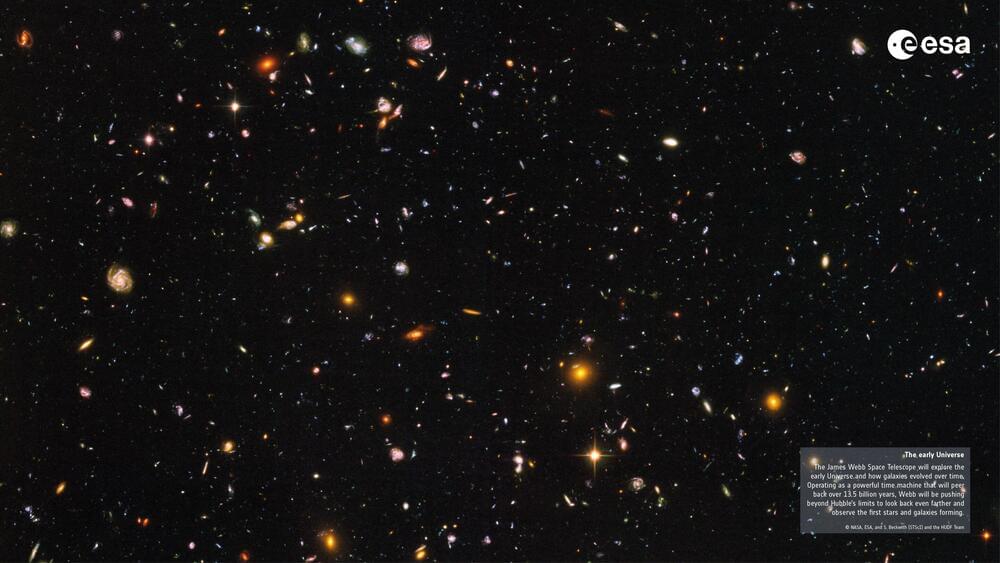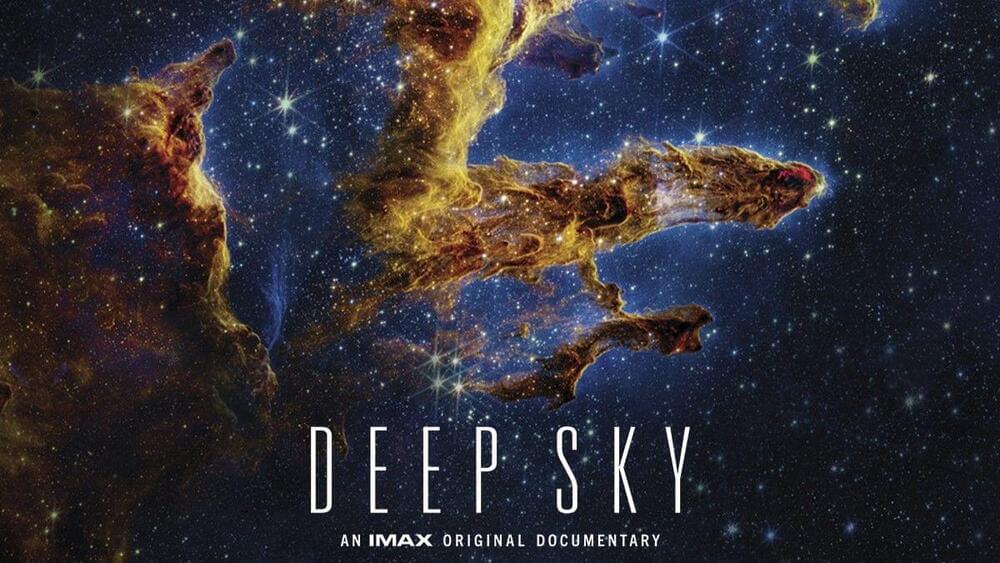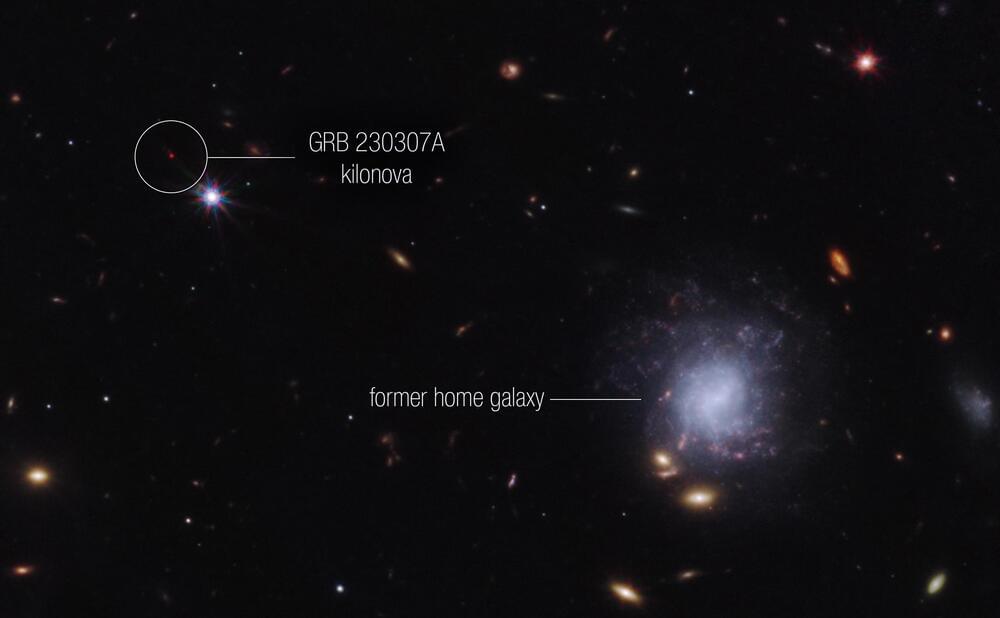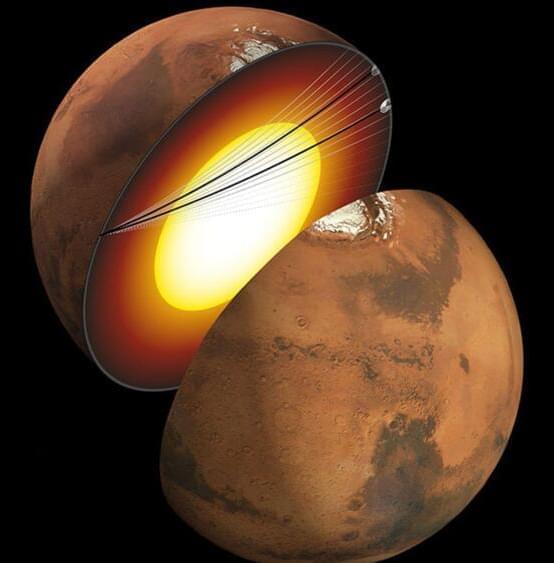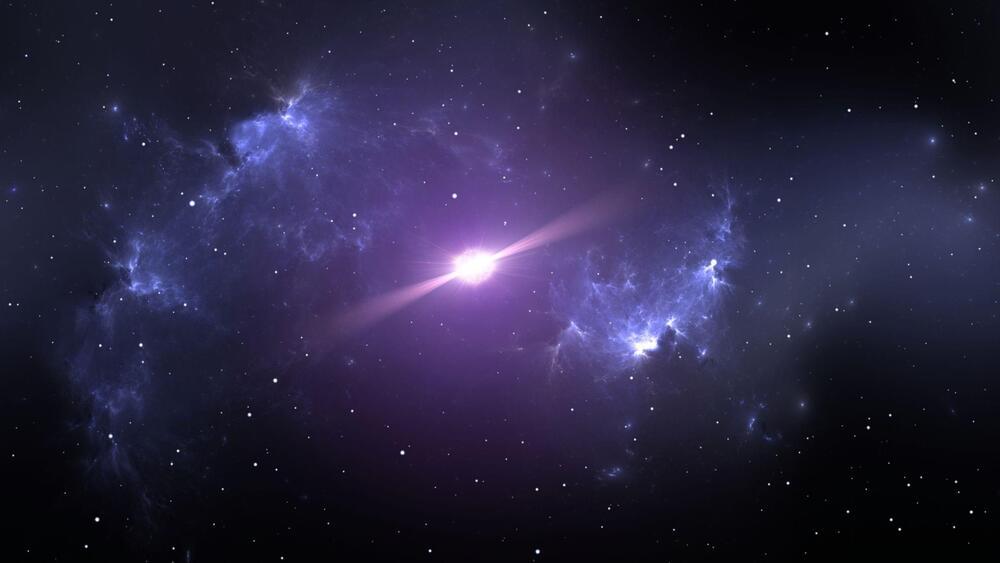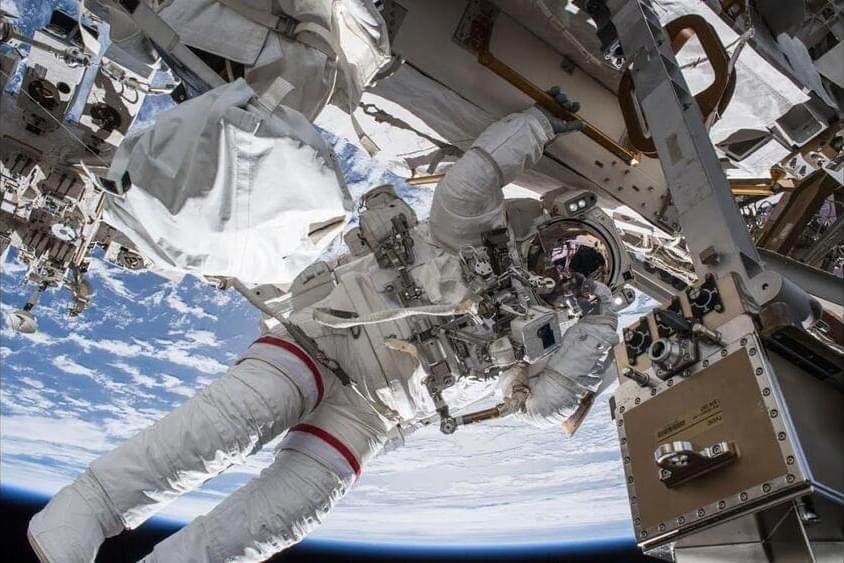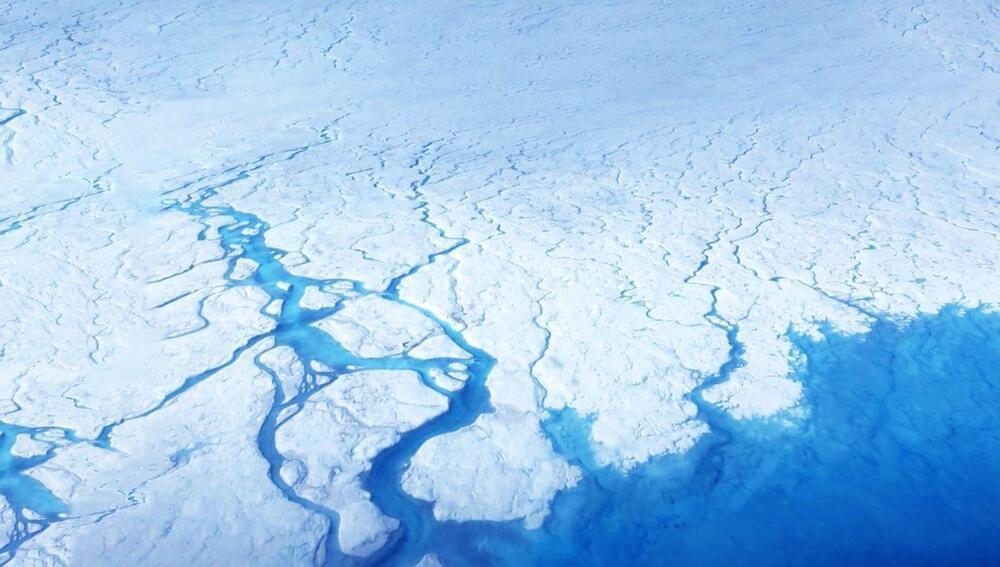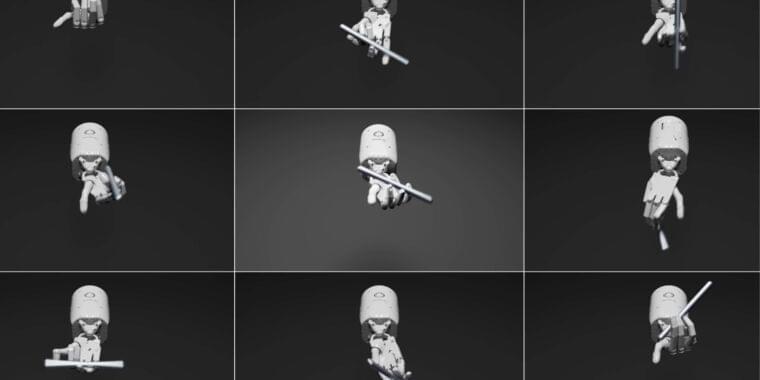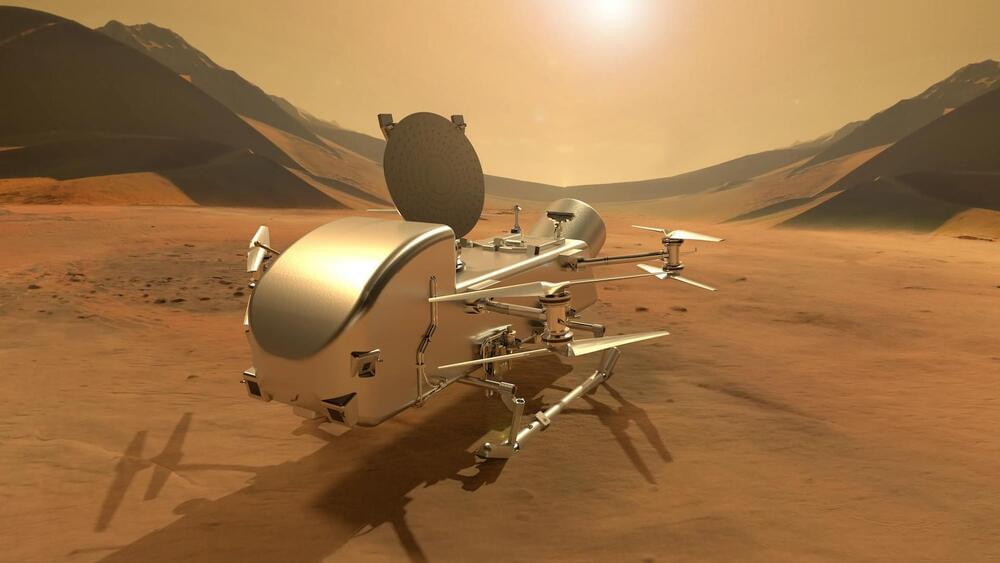Oct 27, 2023
New research sheds light on early galaxy formation
Posted by Genevieve Klien in categories: computing, physics, space
Researchers have developed a new computer simulation of the early universe that closely aligns with observations made by the James Webb Space Telescope (JWST).
Initial JWST observations hinted that something may be amiss in our understanding of early galaxy formation. The first galaxies studied by JWST appeared to be brighter and more massive than theoretical expectations.
The findings, published in The Open Journal of Astrophysics, by researchers at Maynooth University, Ireland, with collaborators from US-based Georgia Institute of Technology, show that observations made by JWST do not contradict theoretical expectations. The so-called “Renaissance simulations” used by the team are a series of highly sophisticated computer simulations of galaxy formation in the early universe.
